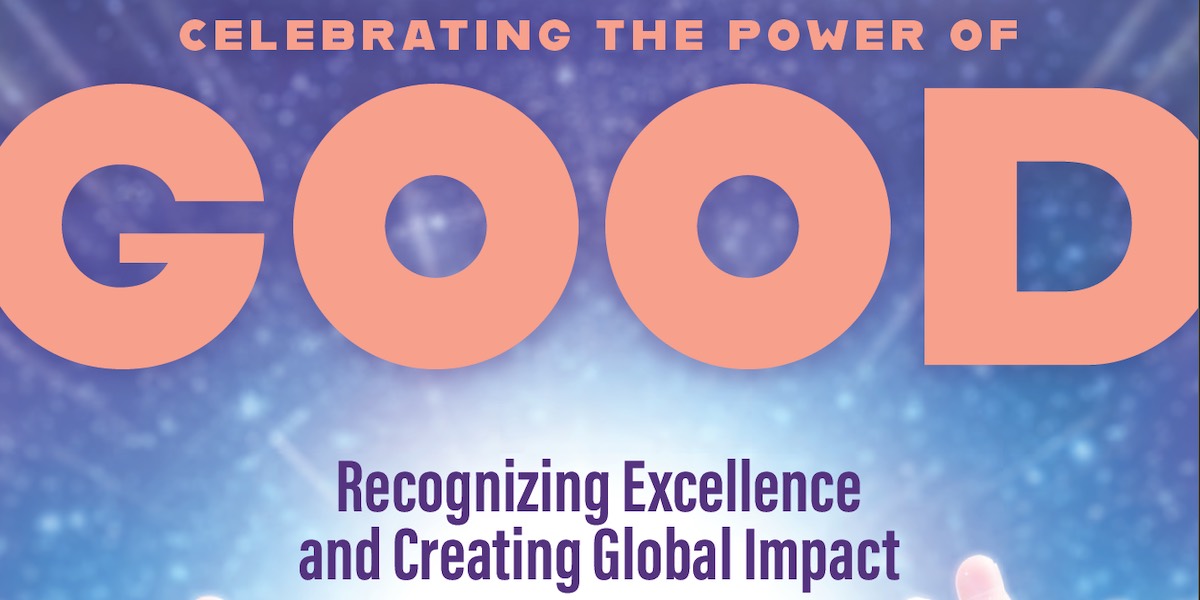Nearly 60% of those working in the meeting and event industry started since the onset of the COVID-19 pandemic, according to research by Freeman. In these 101 articles, we provide key learnings for those new to the industry to help set them up for success.
Your association’s CRM is one of your central tools, and it can help elevate your events. Learn how to take your events to the next level with these strategies.
By Karin Tracy

How associations manage events is changing, with trends pointing to the importance of sustainability, personalization and technological advances. When it comes to event technology, your association’s customer relationship management (CRM) process is a powerful tool that can create better event experiences for your staff and your members.
While you may use a separate event platform, your CRM can be used in conjunction with it to take member preferences into account, track event-related data and expand your event’s offerings.
Of course, the functionalities available depend on your CRM. Highly customizable CRMs like Salesforce can be developed to support your events and association as a whole. In contrast, CRM platforms that focus on providing out-of-the-box features may bring new tools to help run your event but need more adaptability.
To help your association make better use of your CRM, this guide will walk through three tips for leveraging this tool to host events.
Track participation
Hosting successful events requires understanding your members, and your CRM can help you collect data to learn more about them. Members are more likely to attend events hosted by an association that considers information learned from past gatherings. Essentially, rather than treating each event as a one-off activity, you can host can’t-miss-events by turning them into a continuum where each event is better than the one before it.
Use your CRM before, during, and after your event to monitor the following event data about your attendees.
● Retention. How many members that attended your last event also attended the next one? Attendance retention provides a general measure of the overall quality of your events, as guests who had a positive experience in the past are likely to continue attending in the future. Use your CRM to get a granular view of specific members to monitor their overall participation in your association. If you notice a member who used to attend events suddenly stops, consider launching a re-engagement strategy that emphasizes your next event’s unique offerings.
● Interests. Your members want to attend events that are relevant to their interests. Does your association have members who want to attend structured workshops? Or are they more interested in casual networking events? Use your CRM to make note of what activities most interest each member in their membership profiles. Then, you use this information to send personalized invitations to the events most relevant to them.
● Feedback. CRMs that integrate with event management platforms can help you take a more direct approach to improving events with feedback surveys. Use your CRM to automatically send members who attended an event a follow-up survey afterward, directly asking what they liked about the event and what could be improved. By connecting survey responses to specific members, you can reach out to them directly to rectify any negatives they may share or let them know you’re grateful they had a positive experience.
Pay special attention to how new members participate in your events, as these initial activities can be essential for encouraging continued engagement. eCardWidget’s guide to welcoming new members advises associations to consider hosting welcome events, such as welcome tours, happy hours and meet-and-greets.
For these new members, choose an event type that showcases the best of what your association has to offer and allows you to collect relevant data on them. For example, a welcome tour may be impressive if your association has an office or event site to show off but may not facilitate the one-on-one conversations that a meet-and-greet provides.
Integrate your technology
Events generate data your association can use to better engage members, host better events and discover new event opportunities. Ensure all this data is easily accessible by integrating your event management tools and CRM.
Storing all your data in one central location comes with multiple benefits, including:
● Create better member experiences. While integrating software primarily impacts backend management, syncing certain tools with your CRM can also improve the frontend experience. Specifically, Fionta’s guide to Salesforce website integration explains how connecting a CRM like Salesforce with an organization’s CMS can ensure all information displayed on your website is as up-to-date as possible. For example, if you have limited tickets, you can show each ticket as claimed in real-time, encouraging members to make their purchases quickly.
● Eliminate data silos. Data silos occur when information is collected in one system but does not transfer this data to any other platform. For example, if your event management platform and CRM are not integrated, information gathered during your event, such as attendance and engagement data, will remain in your event platform. Integrating your systems allows this information to flow smoothly into your CRM, allowing you to use this data in future member outreach and event planning.
● Identify trends. Gathering your data together makes it easier to compare trends in member behavior and identify patterns. For example, you might compare event attendance against membership tier level and discover that lower-tier members are attending significantly fewer events. Or maybe individuals who have been members for a certain number of years drop off in attendance. These reports can help you better understand how your members are engaging with your events and so you can make targeted improvements.
When purchasing a new event management tool, check to see if it will integrate with your CRM. Some integrations can be completed easily, while others will need the help of a developer and middleware solutions.
Create online experiences
Events are an opportunity to gather your members together in one location, but you can engage those unable to attend in person with virtual experiences. Hybrid, virtual and in-person events with a virtual experience all offer members accessible ways to engage with your association, and these experiences can be managed from your CRM.
Online experiences include member discussion boards, membership portals, event hosting sites and more, depending on your event. CRMs like Salesforce Experience Cloud enable associations to build mini websites where all interactions that take place are documented by your CRM. This improves data gathering and lets you provide information to members quickly.
In conclusion
Your CRM helps you track members, improve communications, generate reports and manage events. Ahead of your association’s next event, take inventory of your CRM’s event management capabilities and how it can support your other event-related platforms. Then, connect these tools to gather all event data in one location, which can be easily analyzed and used to improve the quality of your next event.

Karin Tracy, VP of Marketing at Fíonta, is a seasoned designer and marketer with a passion for serving nonprofit organizations and being a small part of bettering the world. She is a certified Pardot Consultant and Marketing Cloud Email Specialist, a fan of automation and reporting, a lover of animals and a devourer of popcorn. At Fíonta, Karin drives marketing efforts for all internal and external projects. Her direct service work is focused primarily on marketing strategy and automation for Fíonta’s MCAE (Pardot) clients.







